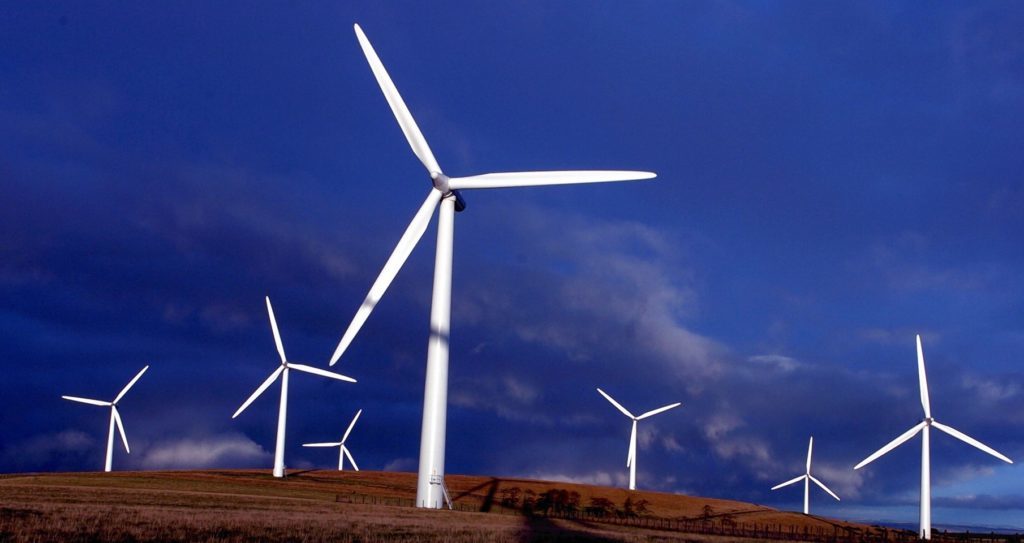
Almost two-thirds of the major wind farms currently proposed for Scotland are in the north of the country, new figures have revealed.
And campaigners have alleged many of these developments will not even benefit the locals who will be affected by them most.
Information from the Scottish Government shows there are 27 wind farms currently in the pre-application, or scoping, phase, and a further 49 are at the next step of the process awaiting approval from ministers.
Of these, a total of 26 are in the Highlands, and a further 18 are spread across Aberdeenshire, Moray, Argyll and Bute, Shetland and the Western Isles.
While permission for single turbines and smaller wind farms can be granted at a local authority level, anything that has a generating capacity of more than 50 megawatts (MW) of electricity must be decided by the Scottish Government’s Energy Consents Unit.
It also grants permission for the likes of large oil and gas pipelines and overhead electric lines.
The average onshore turbine has a capacity of between 2.5 and 3MW, which is enough to power 1,500 homes a year.
Generally, therefore, the major developments listed by the Scottish Government will have at least 15-20 turbines each.
The figures were obtained via freedom of information request by the Scotland Against Spin pressure group, which wants total reform of wind energy policies.
Chairman Graham Lang fears many of the prospective developments are not being designed to power homes in Scotland, but England and Wales.
He said: “In the Highlands and north-east Scotland, where so many developments are proposed, the projects follow the proximity of the National Grid wires.
“They can then gain a connection at least cost and export most of the electricity generated to centres of consumption, which are mostly far south of the border.
“Scotland’s pain is England’s gain.”
Highlands and islands MSP Jamie Halcro Johnston said: “Communities across the Highlands and islands are becoming increasingly concerned that the sheer volume of wind farm developments are leading to what are, effectively, industrialised landscapes.
“This concern is compounded by a sense that decisions are being made centrally by officials in Edinburgh rather than by local elected representatives who are accountable and who understand the impact these developments are having.”
Morag Watson, the director of policy at Scottish Renewables, said wind power is vital for the sector’s 5,400 Scottish workers, associated supply chain of businesses and for combating climate change.
Recommended for you
